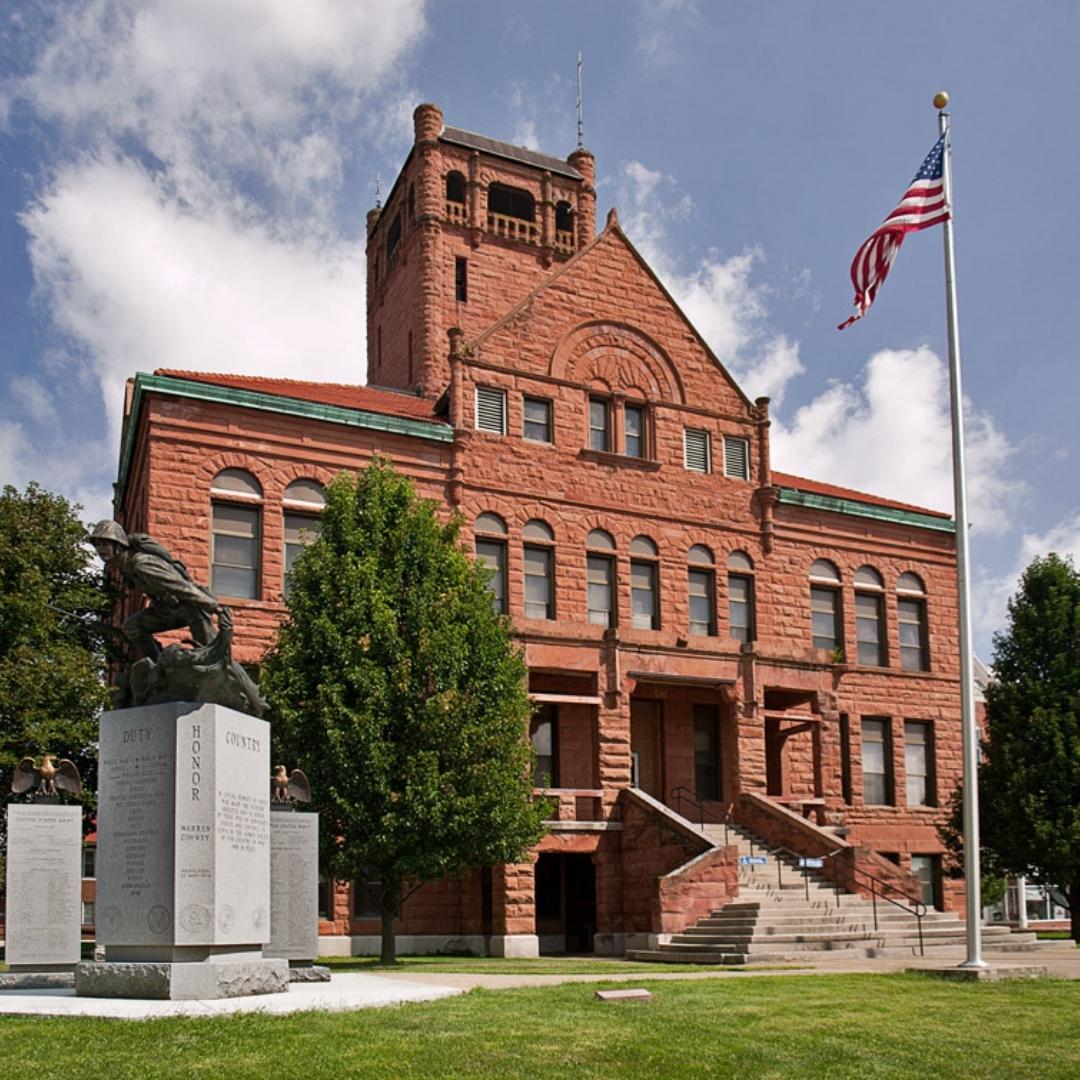by Thomas Best
Welcome today to my next installment on the geography and geology of American’s southwest as I turn today to stories about one of the most beautiful of national parks—Bryce Canyon.
Although I previously described Goblin Valley State Park in Utah as featuring tall weathered spires called “hoodoos,” it is really Bryce Canyon in Utah that must be experienced to understand the attraction of these eye-catching formations. Extending out with eroded pinkish cliffs into a geologic amphitheater, these oddly shaped towers of rocks were first described by the early Paiute people as being people who had been turned to stone by a coyote. Now visited by some 1.5 million visitors a year, the “hoodoos,” geologists tell us, were created about 60 million years ago when an inland sea deposited sediment on the bottom of that water formation. Then weathered and eroded by rivers, streams, rains, snows, and wind, the iron-rich “hoodoos” appear to have taken on unique shapes which resemble—according to their names—“Thor’s hammer,” “Queen Victoria,” and even a “poodle.” Of course, in relation to prehistorical times, one can also find dinosaur fossils dating to the time of the Jurassic period.
The most popular trails have trailheads originate along the rim trails, with heights rising high to over 9,000 feet above sea level). From the bottoms of these trails, one can gaze up and marvel at the “hoodoos.” Most people enjoy stopping at scenic turnoffs along the 18-mile scenic road. Due to the growing popularity of this park, a new bus system is gaining ridership. This easier means of transport loops around from one overlook to another. Cars are best left at the visitor’s center.
Of course, some folks might be lucky enough to spy some of the many species of animals such as prairie dogs, mountain lions, mule deer, black bears, lizards, elk, along with birds such as the swift and the swallow. Beautiful flowers are especially seen in spring time with the bell flower, sego lily, and the purplish manzanita. Juniper trees twisted into various shapes, stately Ponderosa pines, and the white and silver-barked aspen trees also grace this land.
Bryce Canyon, now it’s centennial year of celebrations as one of national parks is truly an awe-inspiring geologic masterpiece. A vivid imagination will allow you to see castles, church steeples, and even a queen among the hoodoos and soring pinkish and salmon-colored spires and pinnacles.
I think you would find Bryce Canyon amazing as I did. Thank you for your interest

















